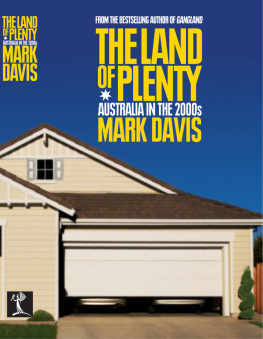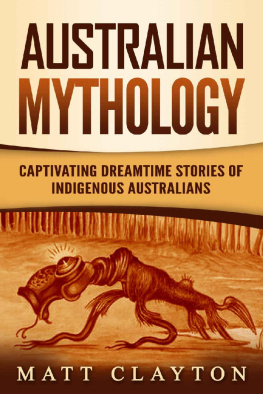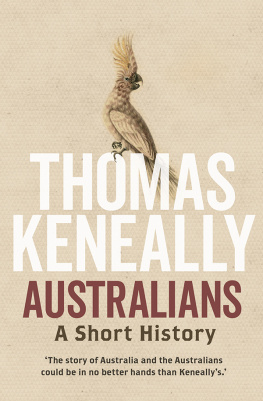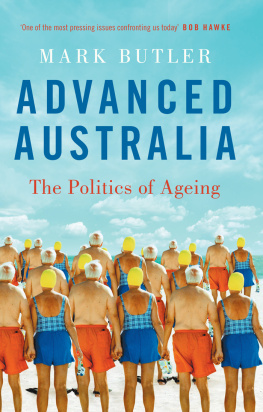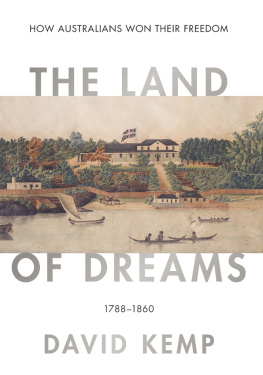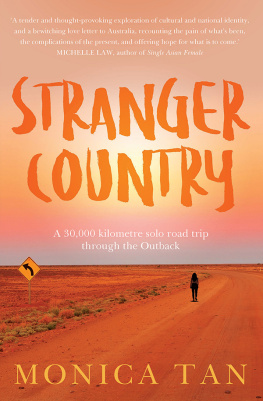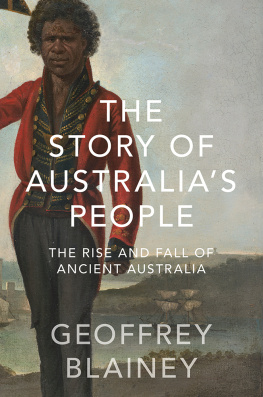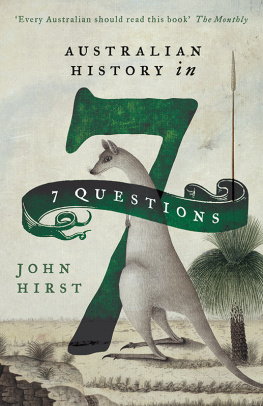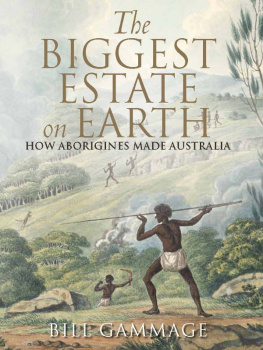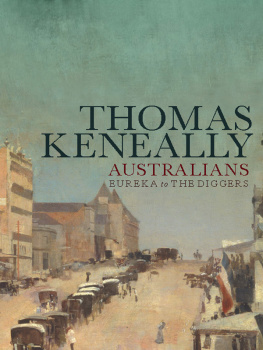Prologue
A Prosperous Place
Sandwiched between the older skyscrapers of the business district and the newer skyscrapers of the reclaimed Docklands, the Telstra Dome stands on the western edge of Melbourne.This, Australias second city, revels in its one-time tag the worlds most liveable city, a counter to its mild inferiority complex. The Dome is a micro cosm of that liveability. Built in the late 1990s for a cost of $460 million, its a thoroughly up-to-the-minute venue. It has more than 50 000 seats, its own multi-level car park, a nightclub, built-in television studios, a range of sophisticated bars and res taurants that can be operated independently of whatever might be happening in the arena, and a 4000-tonne roof that can be opened and closed according to the weather. Five Australian Football League (AFL) clubs use it as a home ground, and moveable banks of seats allow the arena to be reconfigured to accommodate different uses. It has hosted cricket, soccer, rugby, wrestling, gigs by international acts such as Barbra Streisand, the Red Hot Chili Peppers and Robbie Williams, and a gigantic Catholic mass. More than just an arena, its a lifestyle hub. Crossing the high spans of the nearby Bolte Bridge at night when theres a match being played at the Dome is to look across at a light-bathed shrine that stands out against the darkness of the city.A spectacular vista.
The Dome is a symbol of the prosperity thats become a taken-for-granted part of Australian life. Its naming-rights holder, Telstra, is one of Australias largest corporations, and is the business in which the largest number of ordinary Australians own shares.This sense of prosperity is felt inside the Dome as well.A lift takes you to your seating level. Premium seats have individual television screens that swing out from their arms on which you can watch the match being played or other sporting events via Foxtel.Where once you might have stood in the cold outer at a football match vainly hoping for a pie-seller to come your way, now even ticket-holders for the most basic public areas have access to la carte dining and bars selling a range of local and imported beer and wine.Ticket-holders for premium seats can dine in style at silver-service restaurants, and might even choose to watch the match on one of the many monitors that carry coverage from the arena. Australians famously know how to relax and enjoy themselves, and the Dome, like most recently built sporting venues, is designed to bring their favourite things together: good food, coffee, beer, a punt, a love of sport.
Even the location of the Dome, on land once used for industry that was derelict for many years, is an indicator of regeneration and prosperity. What was once a scatter of decaying warehouses separated from the city by a railway yard is now home to a popular focal point, linked to the western edge of the city proper by architect-designed pedestrian bridges that loop over a much more efficient, redeveloped railway yard. Since the Dome was built, that part of the city has been regenerated. A shambling collection of boarding houses and cheap hotels has made way for shiny new boutique hotels and office blocks. One of Australias leading architectural firms now has its offices among them. New upmarket apartment blocks on the city side of the river overlook the Yarra and the upmarket Crown casino, exhibition centre, and the Southbank complex of shops and restaurants that, since the early 1990s, have been built on the south side of the river. Collins Street, the most famous of Melbournes tree-lined streets, has been extended to link the city with the new waterfront restaurants, office blocks and apartment towers of the Docklands precinct adjacent to the Dome.
Developments such as the Telstra Dome and Docklands are but a small part of an incredible rejuvenation thats taken place across the nation in the past decade. To walk the main streets of Fremantle, down Rundle Mall in Adelaide, along the river at Brisbanes Southbank or Eagle Wharf, on the waterfront at Salamanca Place in Hobart, or through Woolloomooloo and Walsh Bay in Sydney, is to be struck by the wave of urban renewal and prosperity that underlines Australias new lifestyle precincts. In the past decade or so, Australians have come out of their homes and onto the streets, taking up the spirit of outdoor eating and drinking inherited from migrants from southern Europe and South-East Asia.The same spirit of cosmopolitanism can be found in regional cities as disparate as Mount Isa, Broome, Newcastle and Geelong.
This prosperity reflects Australias place in the world. Sound economic management has become a mantra for Australian politicians. Not only did Australia survive the 1997 Asian crisis, the 2000 dot-com crash and the US and Japanese downturns of the early twenty-first century, it thrived. Simultaneously locked into the ups and downs of the global economy, yet remarkably insulated from their worst effects, Australia is an incredibly prosperous country. By all accounts the economy has never been better managed, and we are the economic envy of most of the rest of the world. Ranked fifty-third in the world by population, Australia is the fifteenth largest economy in terms of Gross Domestic Product (GDP), has the fourteenth largest industrial output, and is the twenty-fifth biggest exporter. We rank third in the world for overall quality of life, produce the seventeenth highest GDP per head, and our two largest cities are both rated among the worlds top twenty liveable cities. In April 2006, then-Treasurer Peter Costello announced that the government was completely debt-free.
Globalisation, it seems, has been good for Australia. Australian car manufacturers now export to places such as the Middle East, the United States, New Zealand, South Africa and Brazil.We lead the world in aluminium shipbuilding, the export of biotechnology, minerals processing equipment, and high-tech communications equipment. According to the management consultancy firm AT Kearney, Australia is the worlds fourth most technology-savvy country and the thirteenth most globalised country. We are in many ways the paradigmatic global economy, having reaped the benefits of the economic reforms espoused mantra-like by our politicians for the past three decades.
Yet, amid all this prosperity there is disquiet.
This disquiet is felt everywhere in Australian life, but most strongly in mainstream family life. Basic services such as child care are now financially out of the reach of many families, or unavailable. Health care is increasingly expensive, with many families unable to afford comprehensive health insurance. Public hospital waiting lists are long.The cost of sending kids to school has skyrocketed, and there is pressure to send them to private schools amid the perception that the public system is crumbling. Those with children in or about to enter higher education can choose between paying high fees and seeing their offspring burdened with debt.The elderly struggle to find adequate accommodation.Those caring for the chronically ill search frantically for respite. In rural areas, services have disappeared as banks abandon smaller towns and other businesses are forced to follow. Others worry that housing is no longer affordable.Young families, in particular, find it hard to break into the housing market either as buyers or renters.

